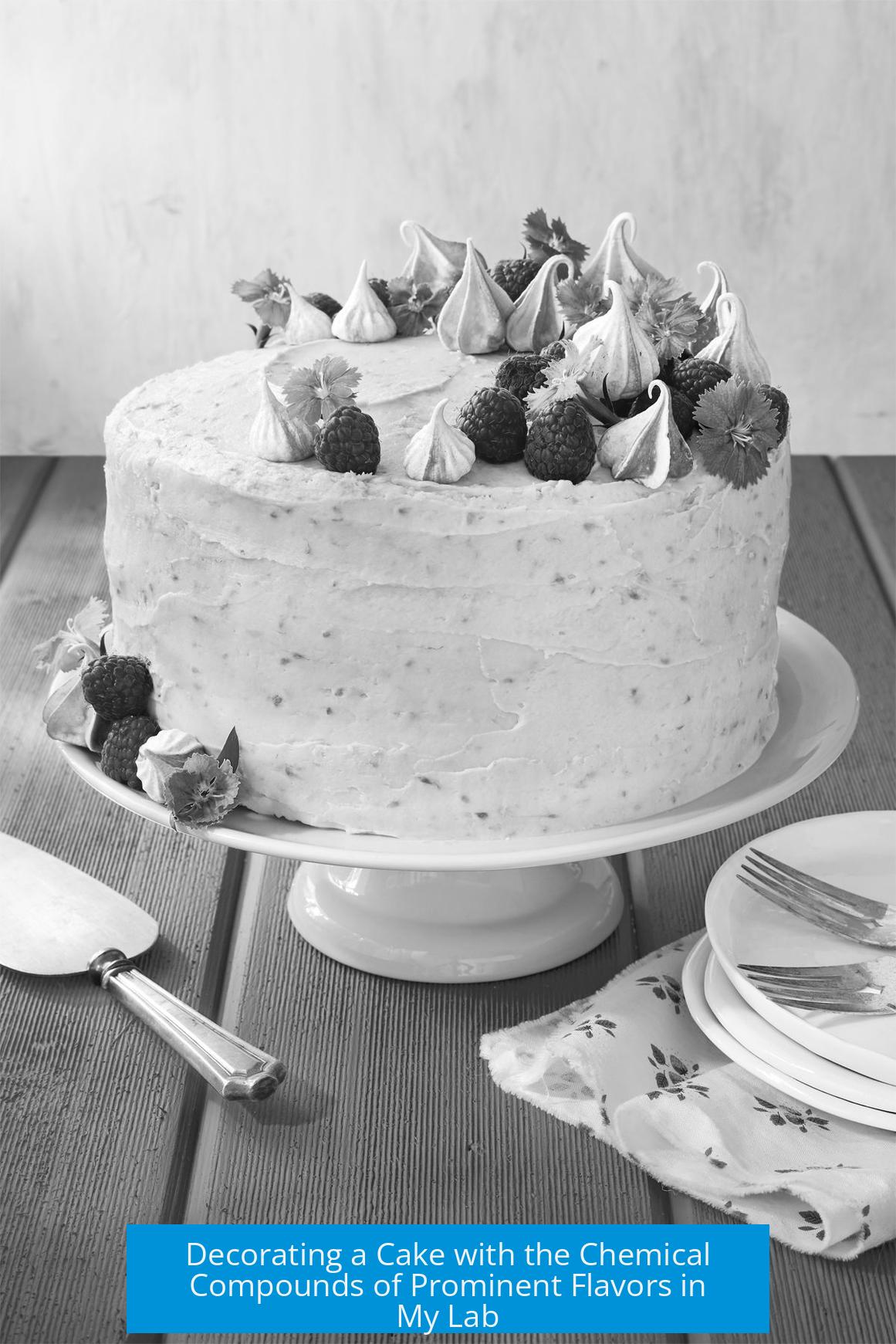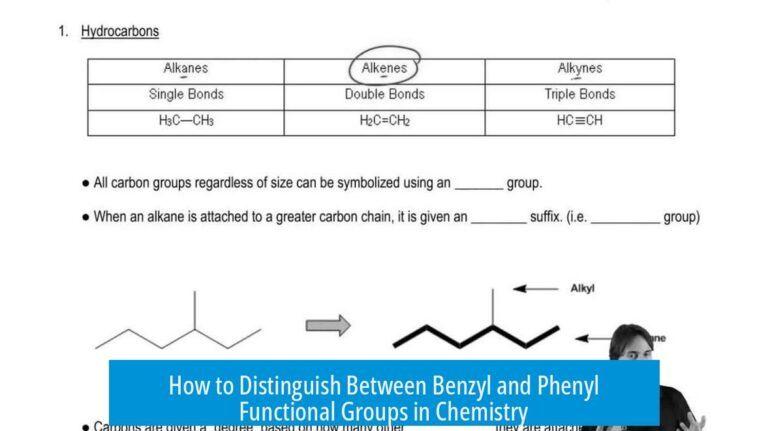Decorating a Cake with Chemical Compounds of Prominent Flavors
Decorating a cake by depicting the chemical compounds of its main flavors combines chemistry and culinary art, as seen in a Mexican chocolate cake featuring theobromine, cinnamaldehyde, and capsaicin. This approach highlights the molecular basis of flavor in an engaging way.
Chemical Compounds on the Cake
The cake represents three key compounds linked to its flavors:
- Theobromine: A methylxanthine alkaloid primarily found in chocolate, responsible for its mild stimulant effect and bitterness.
- Cinnamaldehyde: The main organic compound in cinnamon oil, giving the spice its characteristic aroma and flavor.
- Capsaicin: A vanilloid compound that provides the spicy heat in cayenne peppers.
The cake’s decorations display these molecules from top to bottom: cinnamaldehyde, theobromine, and capsaicin, visually linking flavor perception to chemical structure.
Balancing Scientific Accuracy and Artistic Expression
The project reveals a common tension in science-themed art: viewers often scrutinize the exact chemical details. However, slight inaccuracies do not detract from the creative impact. The cake blends educational content with visual appeal, fostering curiosity about food chemistry.
Considerations of Missing Flavor Compounds
Some observers note the absence of other important compounds such as:
- Vanillin: The major flavor molecule in vanilla, often present in chocolate-based desserts.
- Sucrose (saccharose): The sugar that contributes sweetness and texture.
Although arguably crucial, these compounds were omitted, possibly to keep the design focused and straightforward.
Reception and Novelty
The idea has earned praise for creativity and educational value. It encourages blending different disciplines and inspires others to adopt similar concepts. Comments highlight appreciation for the novelty rather than exact scientific detail.
Contextual Questions and Cultural Notes
Observers inquire about the creator’s background and techniques, such as food science expertise or the use of cake printers. There are playful cultural references, reflecting the community’s engagement with science and humor.
Key Takeaways
- Chocolate cake decorated with chemical structures represents theobromine, cinnamaldehyde, and capsaicin.
- Scientific exactness is secondary to creative and educational impact.
- Not all flavor-related molecules (e.g., vanillin, sucrose) were depicted.
- The cake bridges chemistry and art, sparking interest in flavor science.
What chemical compounds did you use to represent the flavors in the Mexican chocolate cake?
The cake shows cinnamaldehyde for cinnamon, theobromine for chocolate, and capsaicin for cayenne. These highlight the main flavor molecules stacked from top to bottom.
Why were compounds like vanillin or saccharose not included on the cake?
Some expected vanillin or saccharose to be shown since they impact flavor, but the cake focused on prominent and distinctive compounds. Including all would complicate the design.
How did you balance scientific accuracy with the artistic look of the cake?
There was tension; small errors could draw criticism, but the goal was a creative and visually appealing representation of flavor chemistry. The design prioritized look over perfection.
Is decorating a cake with chemical structures common in labs or science communities?
It’s a clever and novel idea that some find fun and share-worthy. It is not a widespread practice but celebrates both science and creativity in a unique way.
Was the cake made or eaten inside the lab, and does that raise safety concerns?
Questions arose about eating in the lab because it can be unsafe or forbidden. The cake decoration was more for fun; lab safety rules around food should always be followed.





Leave a Comment